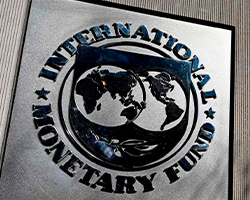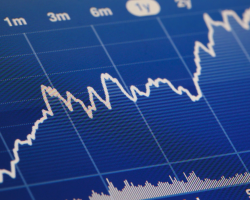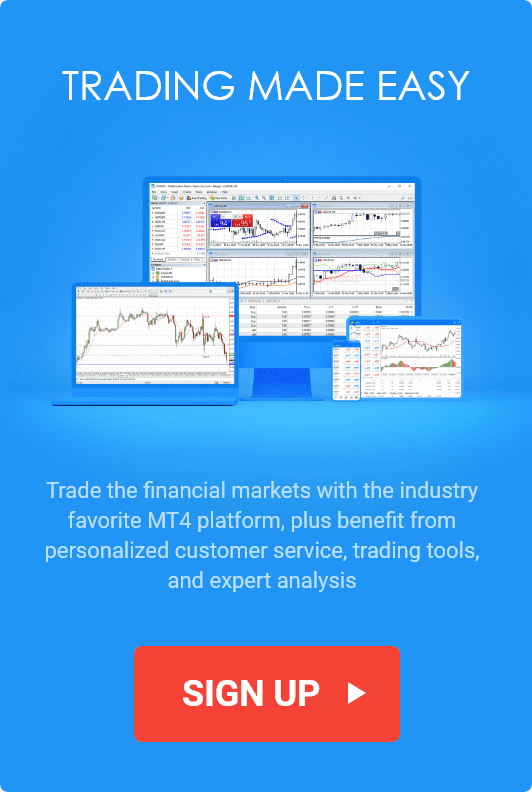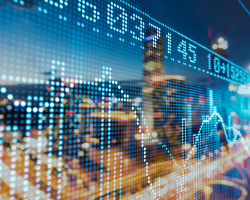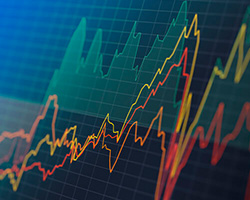Is a Recession on the Horizon for 2025? Insights and Strategies for Navigating Market Uncertainty

Is a US recession imminent in 2025? As global markets face growing uncertainty, the potential for an economic downturn has become a pressing concern for investors. While economists remain divided on the exact timing and scale, key economic indicators suggest that we may be on the verge of challenging times. By understanding these indicators and how they impact various markets - stocks, forex, and commodities - you can better navigate the turbulence ahead and make more informed investment decisions.
The Economic Outlook for 2025: A Mixed Bag
Why Optimists Are Hopeful
Several positive factors suggest that the US economy may continue to avoid a recession in 2025. Optimism is bolstered by the following key indicators:
- Resilient Consumer Spending
Despite high inflation over the past few years, consumer spending remains robust. Consumer spending, which accounts for about 70% of US GDP, remains a key driver of the economy as consumer spending accounts for around 70% of GDP. It has shown resilience, especially in the services sector. Wages have risen, and while inflation has affected purchasing power, Americans have continued to spend - often due to a large savings accumulation from the pandemic years.
Analysts point out that this strong consumer demand helps cushion the economy from potential downturns. As long as consumer confidence remains intact, it is likely that the economy will sustain moderate growth.
- Labor Market Strength
Unemployment rates, currently at 4.1%, remain relatively low compared to historical averages, providing further evidence of economic resilience. While the unemployment rate has risen slightly from earlier in the year (3.7%), it is still within the range that supports a stable economy.
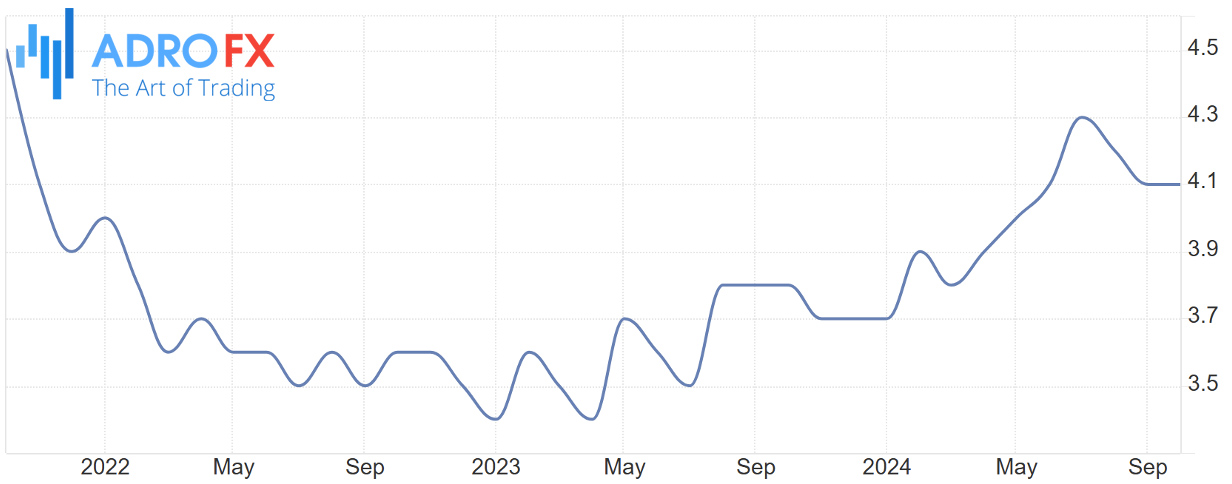
Additionally, while job growth may not be as explosive as during the post-pandemic recovery, the labor market remains strong, with many sectors continuing to hire. As the job market stabilizes, so does the foundation for sustained consumer confidence and economic growth.
- Inflation Trends
Inflation, which surged in 2022–2023, has moderated in recent months, easing the burden on consumers and businesses. With inflation now at more manageable levels, the Federal Reserve has room to maneuver its monetary policies more flexibly. This flexibility could help encourage investment and borrowing, supporting continued economic activity.
As noted by The Economist, the economy is in a better position entering 2025, with inflation under control and corporate earnings remaining solid. The Fed's actions in taming inflation have helped maintain economic stability, giving policymakers more breathing room to keep growth on track.
- Corporate Earnings and Debt Management
Strong corporate earnings add to the optimism, with many companies managing their costs effectively and continuing to grow despite challenging conditions. Recent interest rate adjustments have also created favorable borrowing conditions for businesses, allowing them to finance expansion or maintain operations.
Where Pessimists See Trouble
Despite the optimism, several risks could negatively affect the economy in 2025. These risks could lead to a potential recession, depending on how they unfold:
- Rising Unemployment Rates
While unemployment rates remain relatively low, the recent uptick from 3.7% to 4.1% has sparked concerns. If unemployment continues to rise, it could dampen consumer spending, which is crucial for economic stability. Job losses in sectors like technology and manufacturing could reduce disposable income and, consequently, the overall demand for goods and services.
Higher unemployment could also create a vicious cycle where reduced consumer spending leads to even more layoffs, further exacerbating the economic slowdown. Additionally, rising jobless rates might signal a weakening labor market, which could lead to tighter consumer sentiment and market volatility.
- Geopolitical Risks
Geopolitical tensions remain a significant source of uncertainty. Conflicts in regions such as Eastern Europe and the Asia-Pacific have the potential to disrupt global trade and create economic disruptions. Disruptions in trade routes or international supply chains could increase costs for businesses and consumers alike, making it harder to maintain stable growth.
As highlighted by experts, trade wars and sanctions can also have an adverse effect on economic expansion. While the US economy is relatively insulated from some global issues, global interconnectedness means that geopolitical instability in key markets could still have serious consequences for the US economy.
- Corporate Debt Risks
A critical concern for economists is the high level of corporate debt in the US. Many companies took advantage of historically low interest rates in recent years to borrow heavily. As interest rates rise, the cost of servicing this debt increases, putting pressure on businesses. If borrowing costs become too high, it could lead to defaults or bankruptcies, particularly among companies in capital-intensive sectors.
This growing corporate debt burden could spill over into broader financial instability, particularly if companies are unable to meet their debt obligations. Goldman Sachs recently raised the probability of a recession in 2025 to 25%, up from 15%, citing concerns over high corporate debt levels and tightening credit conditions.
- Interest Rates and Credit Conditions
With the Federal Reserve's interest rate hikes in response to inflation, credit conditions are becoming more restrictive. This makes borrowing more expensive, slowing down consumer spending and business expansion. Higher borrowing costs can reduce investments in capital goods, housing, and other key sectors, which can further inhibit growth.
Additionally, higher interest rates often reduce demand in the housing market, one of the key drivers of US economic activity. If the housing market cools significantly, this could trigger a chain reaction that affects related industries, such as construction and real estate services.
- The Global Economic Landscape
In addition to domestic risks, the global economy presents a range of challenges that could spill over into the US. As the International Monetary Fund (IMF) highlighted, global economic growth is slowing, with several economies facing recessions or stagnation. If major global economies experience difficulties, it could dampen demand for US exports and negatively affect US businesses with international exposure.
Moreover, with the US dollar often acting as a safe-haven currency in times of global instability, its strength could make US exports more expensive and less competitive on the international market. For multinational corporations, this could result in lower revenue growth or even losses from overseas markets.
Also read: How Changes in the Unemployment Rate Influence Global Trade and Markets
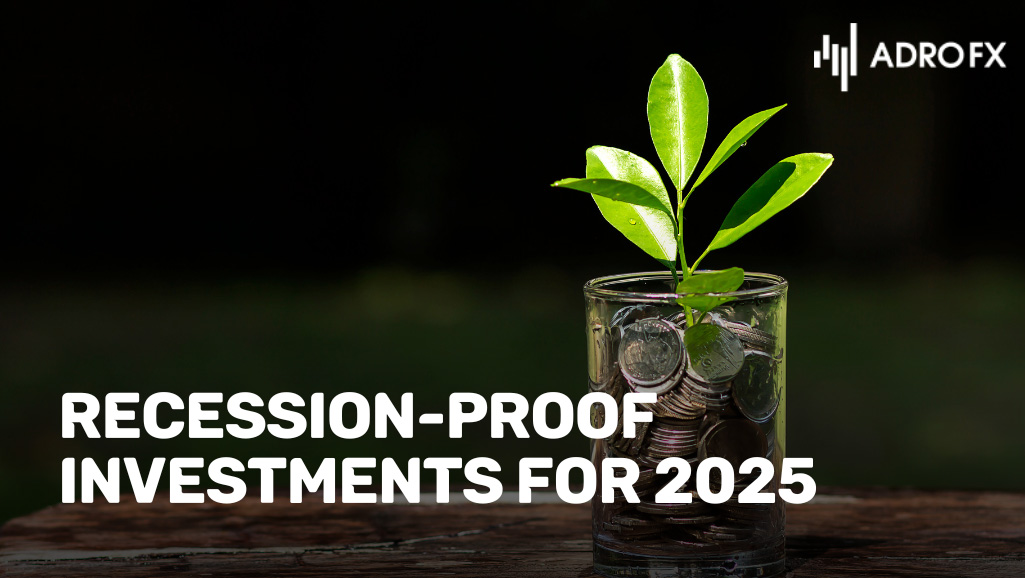
Recession-Proof Investments for 2025
As we approach 2025, the possibility of an economic slowdown or recession remains a significant concern. For investors, building a recession-proof portfolio is essential to weather potential storms and mitigate the impact of economic downturns. By integrating strategic approaches, you can better navigate market uncertainty and position your investments for resilience.
Diversify Your Portfolio
Diversification remains one of the most effective strategies for recession-proof investing. By spreading investments across multiple asset classes, you can reduce your exposure to specific risks and ensure smoother returns during periods of market volatility. Recession-resistant sectors like utilities, consumer staples, and healthcare often outperform other sectors in tough economic times, as their services remain essential regardless of economic conditions.
A globally diversified portfolio further shields against risk. While emerging markets may be more volatile during a recession, they also offer growth potential outside domestic economic conditions. Holding international stocks provides exposure to regions that may fare better during downturns, offering balance and opportunity.
Additionally, consider including non-correlated assets like gold or Real Estate Investment Trusts (REITs). These assets can act as a hedge during times of economic distress, as their performance tends to be independent of the broader equity markets. This layer of protection helps mitigate losses in traditional stock holdings and provides a stable foundation for your portfolio.
Invest in Quality Companies
In times of economic uncertainty, investing in high-quality companies with strong fundamentals is key. Recessions often lead to a shakeout of weaker businesses, but established companies with low debt, consistent dividends, and solid cash flow tend to outperform. Focus on businesses in defensive sectors such as utilities or consumer staples, as they provide essential products and services that continue to be in demand even when the economy slows down.
These businesses usually weather economic storms better, maintaining profitability and shareholder value even during downturns. By focusing on quality, you can secure investments that offer stability and resilience, even when market conditions are challenging.
Build an Emergency Fund
While not an investment per se, an emergency fund is crucial during times of market uncertainty. Having cash reserves to cover 6-12 months of living expenses ensures that you won’t be forced to liquidate investments at a loss when the market experiences a downturn. The flexibility to cover unexpected expenses without drawing on your investment portfolio is invaluable.
Opt for liquid and low-risk savings options, such as money market accounts or short-term Treasury bills, to ensure your emergency fund provides security while earning a modest return. This strategy allows you to avoid knee-jerk reactions during market volatility and take advantage of investment opportunities when market conditions improve.
Monitor Economic Indicators Closely
Staying on top of key economic indicators helps you navigate market uncertainty and make data-driven decisions. Consumer confidence, job market statistics, and indices like the ISM Manufacturing Index are crucial in predicting potential economic slowdowns. Tracking these indicators enables you to adjust your investment strategy before market movements hit.
Proactively monitoring economic trends allows you to rebalance your portfolio and reassess your risk exposure as conditions evolve. By keeping emotions in check and following data, you can better manage your investments and avoid reacting hastily to short-term market fluctuations.
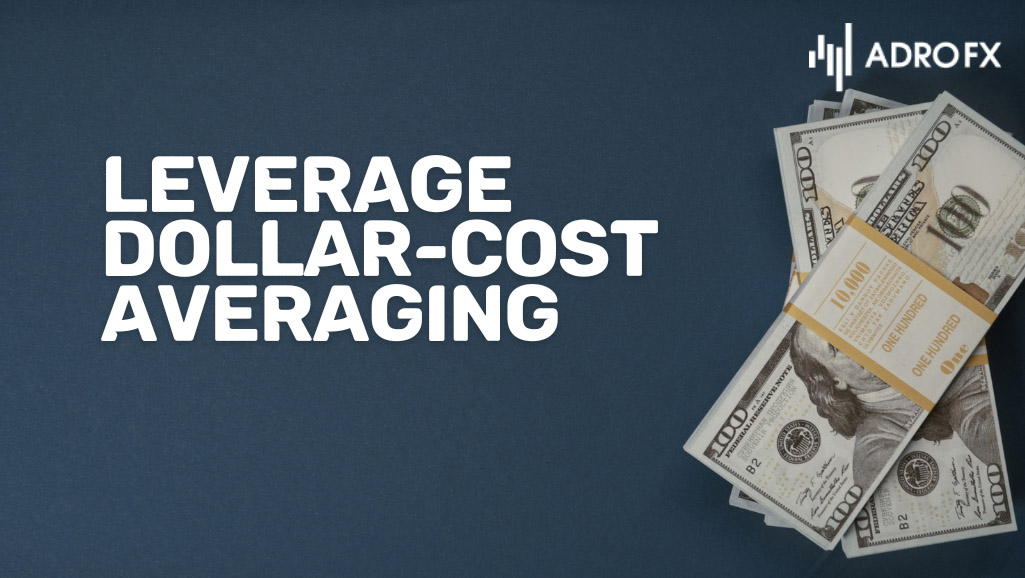
Leverage Dollar-Cost Averaging
During volatile periods, dollar-cost averaging is an excellent strategy for recession-proof investing. This approach involves investing a fixed amount of money at regular intervals, regardless of market conditions. By doing so, you smooth out the impact of market volatility, buying more shares when prices are low and fewer when they are high.
This strategy is especially useful for long-term investors in index funds or exchange-traded funds (ETFs). It fosters discipline and ensures that you continue investing in the market over time, even during recessions, without being swayed by short-term market fluctuations.
Hedge Against Inflation
Even during a recession, inflation can pose a risk to your purchasing power. While some recessions can reduce inflation, it’s wise to take proactive measures to hedge against inflation. Treasury Inflation-Protected Securities (TIPS) are a solid option for this purpose, as they adjust with inflation, ensuring your investments keep pace with rising prices.
Additionally, commodities like gold and dividend-paying stocks can also act as inflation hedges. Allocating a portion of your portfolio to these assets ensures that your wealth remains protected from the effects of inflation, even during uncertain economic periods.
Opportunities Amid Uncertainty
Economic downturns often present unique investment opportunities. During recessions, valuations tend to be lower, which can provide an excellent opportunity to invest in undervalued stocks of high-quality companies. This period of discounted prices allows investors to build positions in companies with strong fundamentals at a fraction of their potential future value.
Additionally, safe-haven investments, such as bonds and gold, often outperform during times of economic instability due to their stability. Increasing exposure to these assets can help mitigate the risks of market volatility while providing more security during uncertain periods. Rebalancing your portfolio to favor defensive sectors or cash positions can further prepare you for a market recovery, positioning you to benefit as the economy stabilizes and growth resumes.
Also read: Navigating Financial Storms: Top Assets for Trading in Times of Volatility
Preparing for 2025 and Beyond
As we move toward 2025, the outlook remains uncertain. The US economy is showing signs of resilience, with strong consumer spending, a stable labor market, and moderated inflation. However, challenges such as rising unemployment, corporate debt risks, and geopolitical tensions create a complex economic landscape that could trigger a slowdown. With differing views on the likelihood of a recession, investors must remain vigilant, adaptable, and proactive in monitoring both domestic and international developments.
Preparing for potential economic turbulence in 2025 requires a diversified investment strategy, close attention to changing economic indicators, and a proactive approach to managing risk. Whether the US economy experiences continued growth or faces a mild recession, being ready to adjust your strategy will be key to maintaining your investment success.
Ready to safeguard your investments? Learn how AdroFx can help you navigate market uncertainty and build a recession-proof strategy for 2025. Explore our resources now!
About AdroFx
Established in 2018, AdroFx is known for its high technology and its ability to deliver high-quality brokerage services in more than 200 countries around the world. AdroFx makes every effort to keep its customers satisfied and to meet all the trading needs of any trader. With the five types of trading accounts, we have all it takes to fit any traders` needs and styles. The company provides access to 115+ trading instruments, including currencies, metals, stocks, and cryptocurrencies, which make it possible to make the most out of trading on the financial markets. Considering all the above, AdroFx is the perfect variant for anyone who doesn't settle for less than the best.

